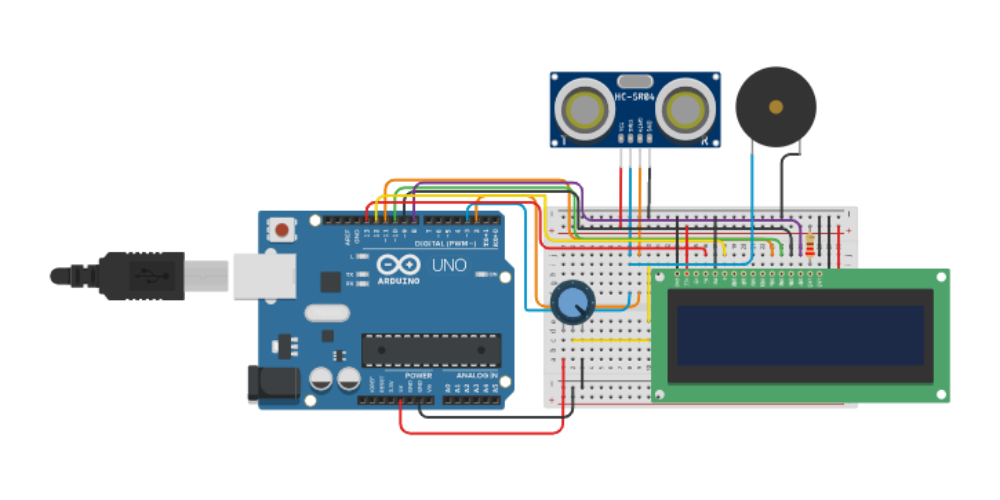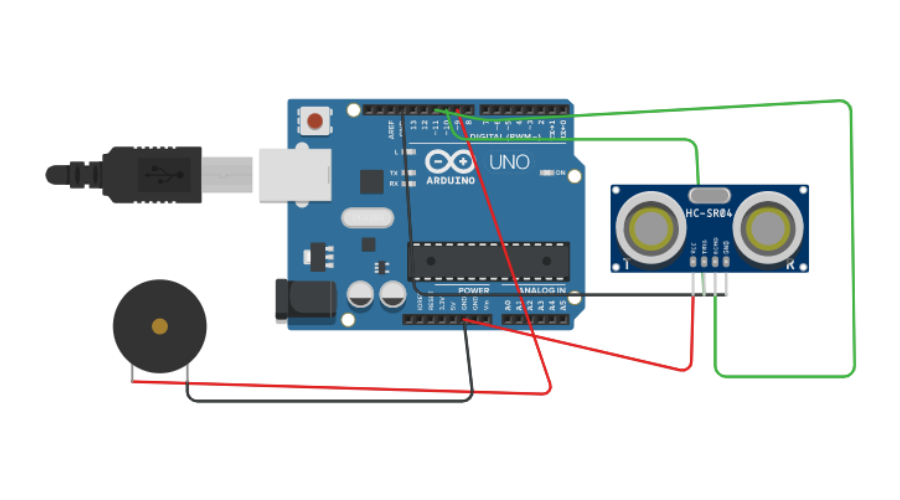A blind circuit, also known as an unloaded circuit, refers to an electrical circuit that does not have an electrical load connected to it. In other words, a blind circuit is a complete conducting path without any devices that use the electricity. Blind circuits are commonly used for testing purposes and allow electricians and engineers to verify that a circuit is wired correctly and is functioning properly before connecting any loads.
Key Features of Blind Circuits
Some key features and characteristics of blind circuits include:
- No load – The defining characteristic is the lack of a load. This allows the circuit to be tested without supplying electricity to any devices.
- Complete path – A blind circuit still creates a complete conductive loop for electricity to flow through, even without a load. This includes a hot wire, neutral wire, and ground.
- Measures voltage – The voltage in a blind circuit can be measured to verify it is within expected parameters before attaching a load. Normal voltage indicates the circuit is energized.
- Negligible current – With no load, a blind circuit will have a very small current flow. Current will increase once a load is added that draws power.
- Temporary setup – Blind circuits are intended as a temporary setup for testing only. Loads should be attached before leaving a circuit energized for an extended period.
Uses and Applications
Some common uses and applications for creating and testing blind circuits include:
Testing New Circuits
When new circuits are wired, they can be energized as a blind circuit first to verify proper operation before appliances and devices are connected. This may reveal any miswirings, loose connections, or other faults. Testing first avoids damaging loads.
Circuit Diagnostics
For existing circuits, blind tests may be performed to diagnose problems. Voltage can be measured in a blind circuit to see if power is reaching the endpoints.
Verifying Breaker Operation
Blind circuits can verify that a circuit breaker successfully de-energizes the circuit when tripped. The breaker can be tested and reset without interrupging power to loads.
Evaluating Wire Condition
The resistance of wires and connections can be measured with a blind circuit. Higher resistance may indicate damaged wires or poor connections.
Checking Polarity
A blind circuit allows easy verification that hot and neutral wires are correctly connected to endpoints and not reversed.
| Application | Testing Approach | Desired Result |
|---|---|---|
| New circuit wiring | Energize blind circuit and measure voltage | Normal operating voltage reaching endpoints |
| Diagnosing problems | Blind circuit measurements and breaker tests | Expected voltage and breaker function |
| Wire condition | Measure resistance with blind circuit | Minimal resistance |
| Polarity | Check hot and neutral at endpoints | Correct polarity without reversal |
Creating a Blind Circuit

The following steps are involved in creating a blind circuit:
1. Disconnect Loads
Start by ensuring there are no loads attached to the circuit. Flip breakers as needed to disconnect all outlets, lights, and devices.
2. Check Wiring
Visually inspect the wiring to make sure hot, neutral, and ground wires run the full circuit path and are properly terminated.
3. Close Breaker
Close the main circuit breaker feeding the circuit. This will energize the blind circuit.
4. Verify Power
Use a multimeter or voltage tester to verify power is present at outlets throughout the circuit. Check polarity as well.
5. Conduct Tests
With the blind circuit powered up, conduct any needed voltage, resistance, or breaker tests.
6. Add Loads
Once testing is complete, add back all outlets and devices. The circuit is now ready for normal use.
Safety Precautions
Although blind circuits do not power loads, safety is still important:
- Use caution around exposed conductors and terminals. Treat all wires as live.
- Avoid contact with metallic components that could become energized.
- Double check circuits visually before closing breakers.
- Follow lockout/tagout procedures if circuit breakers will be off for an extended duration.
- Use appropriately rated metering equipment.
- Only trained electricians should manipulate panel components.
- Never leave an untested blind circuit energized unattended.
Frequently Asked Questions
Why are blind circuits used?
Blind circuits allow the wiring path to be verified before connecting appliances and devices. This avoids damaging equipment if there are underlying issues. Blind testing can diagnose faults.
Do blind circuits draw any power?
Very little. Without a load, current flow in a blind circuit will be negligible since nothing is using the power. Voltage will still be present throughout.
Is it safe to touch a blind circuit?
No, never touch exposed connections in a blind circuit. Electric shock risks still exist. Always turn off and lock out circuits before physically manipulating wires.
Can I leave a blind circuit energized indefinitely?
No, blind circuits are intended for temporary testing only. Long term energization without a load could potentially damage wiring or pose other risks if faults are present.
How are blind circuits created in new construction?
Electricians will typically wire up all circuits without attaching switches, lights, or outlets initially. Each circuit can then have power applied to test as a blind circuit before loads are connected.






Leave a Reply